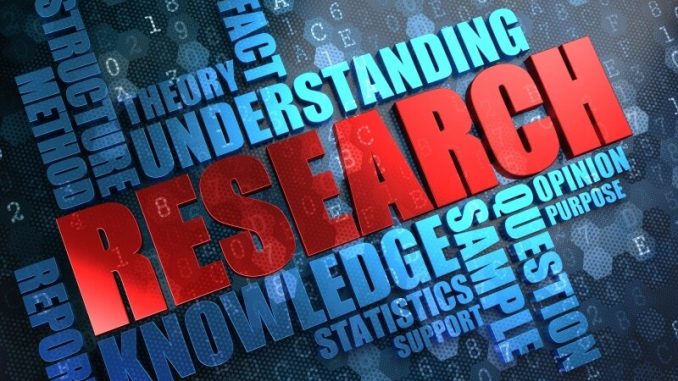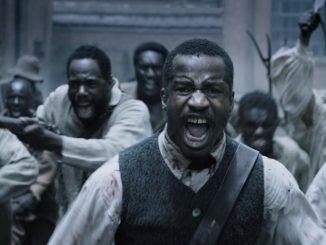
Heather Mac Donald, Wall Street Journal
Few academic ideas have been as eagerly absorbed into public discourse lately as “implicit bias.” Embraced by Barack Obama, Hillary Clinton and most of the press, implicit bias has spawned a multimillion-dollar consulting industry, along with a movement to remove the concept of individual agency from the law. Yet its scientific basis is crumbling.
Implicit-bias theory burst onto the academic scene in 1998 with the rollout of an instrument called the implicit association test, the brainchild of social psychologists Anthony Greenwald and Mahzarin Banaji. A press release trumpeted the IAT as a breakthrough in prejudice studies.
{snip}
Not only did they confidently assert that any differences in sorting times for black and white faces flowed from unconscious prejudice, they claimed that the implicit bias allegedly measured by the IAT could predict discriminatory behavior. In the final link of their causal chain, they argued that this unconscious and pervasive predilection to discriminate is a powerful cause of racial disparities.
{snip}
If these sweeping claims were correct, every personnel decision could be challenged as the product of implicit bias. The pressure to guarantee equality of outcome through quotas would grow stronger.
{snip}
Mr. Greenwald and Ms. Banaji now admit that the IAT does not predict “biased behavior” in the lab. (No one has even begun to test its connection to real-world behavior.) The psychometric problems associated with the race IAT make it “problematic to use to classify persons as likely to engage in discrimination,” they wrote, along with a third co-author, in 2015.
Although most of the psychology profession initially accepted the startling claim that the IAT reveals a predilection to discriminate in real life, possible alternative meanings of a “pro-white” score have since emerged.
{snip}
Nevertheless, the idea of implicit bias has marched through American institutions. This summer nearly 200 CEOs signed a pledge to pack their employees off to implicit-bias training, part of an economywide diversity initiative championed by PricewaterhouseCoopers. Plaintiffs in employment discrimination cases regularly try to introduce implicit-bias research into their lawsuits.
President Obama sent federal law-enforcement personnel to implicit-bias training; many local police departments are doing the same, spending millions of dollars that could be used instead to improve officers’ tactical and communication skills.
Faculty hiring committees routinely have to take the IAT to confront their hidden biases against minority and female candidates.
{snip}
The need to plumb the unconscious to explain racial gaps arises for one reason: It is taboo to acknowledge that socioeconomic disparities might be caused by intergroup differences in cultural values, family structure, interests or abilities.
{snip}
In light of such realities, the minute distinctions of the IAT are a sideshow. America has an appalling history of racism and brutal subjugation, and the public should always be vigilant against any recurrence of that history. But the most influential sectors of the economy today employ preferences in favor of blacks. The main obstacles to racial equality now lie not in bias but in culture and behavior.


